Hip Dysplasia in Dogs

Learn the causes, symptoms, and treatment options available for hip dysplasia in dogs.
If there is any common malady in canines that pet owners do not want to hear, it is hip dysplasia. Although it is more prevalent in larger dogs like the Great Dane, Newfoundland, Labrador Retriever, and German Shepherd, hip dysplasia can occur in any breed and any size of dog. Thankfully, there are preventative and proactive treatments for your dog today.
What Is Hip Dysplasia?
Hip dysplasia is the abnormal growth of the hip socket. A normal hip joint includes the femoral head (the ball) and the acetabulum (the socket). Each surface is covered in smooth cartilage that creates nearly frictionless motion as the two surfaces guide across each other. In hip dysplasia, the socket can be flattened or the ball can be irregularly shaped (in some cases both). The ball is unable to move correctly within the socket, causing the bones to grind and wear out over time. Scar tissue may develop around the area.
Causes of Hip Dysplasia
The number one cause of hip dysplasia is genetics. Large breeds of dogs may have a predisposition for the abnormal growth of the hip socket. However, other factors that aggravate this genetic code are nutrition, weight, and exercise. Many dogs do not show symptoms of hip dysplasia until they are older. Obesity in dogs puts extra strain on the hips, and therefore the sockets. Exercising without overexertion is key to good bone health, as well.
Symptoms
Symptoms of hip dysplasia may look similar to arthritis. Some puppies may display symptoms while they are still very young, while mature dogs may gain arthritis due to unforeseen hip dysplasia. In any case, common signs include:
- Limited range of motion
- Stiffness and pain
- Lameness in the hind end
- Looseness in the joint
- Decreased muscle mass in thigh
- Decreased activity
- Increased muscle in shoulder muscles
- “Bunny hopping” gait
- Grinding sound in joint
- Unwilling to jump
Treatment Options
There are several non-surgical remedies for hip dysplasia. You could treat it through weight reduction, restricting exercise on hard surfaces, anti-inflammatory medication, joint fluid modifiers, and physical therapy. If your dog qualifies for surgery, the type of procedure will depend on your dog’s age. If it is a puppy, the bone may need a limited modification. If the dog is older, the vet may cut off the ball and let the bone form a “false” joint. In some cases, a hip replacement is the best option.
With the proper treatment, a pet dog can have a full and contented life. If you suspect your dog might have hip dysplasia, contact an experienced vet as soon as possible.
Trust the Care of Your Pet to the Professionals at 24/7 Local Veterinarian!
At 24/7 Local Veterinarian, our veterinary professionals strive to provide your pet with the very best of veterinary care. We believe that the best care for your pet should be provided by experienced, compassionate, and knowledgeable veterinary professionals. With two Maryland locations in both Baltimore and Pasadena, we are always ready to welcome your pet as a new patient! Give us a call today at (833) 220-1880! For more information, as well as updates on veterinary news and topics, visit us on Facebook , Twitter , LinkedIn , or Pinterest!
Contact with your local vet for the best advise
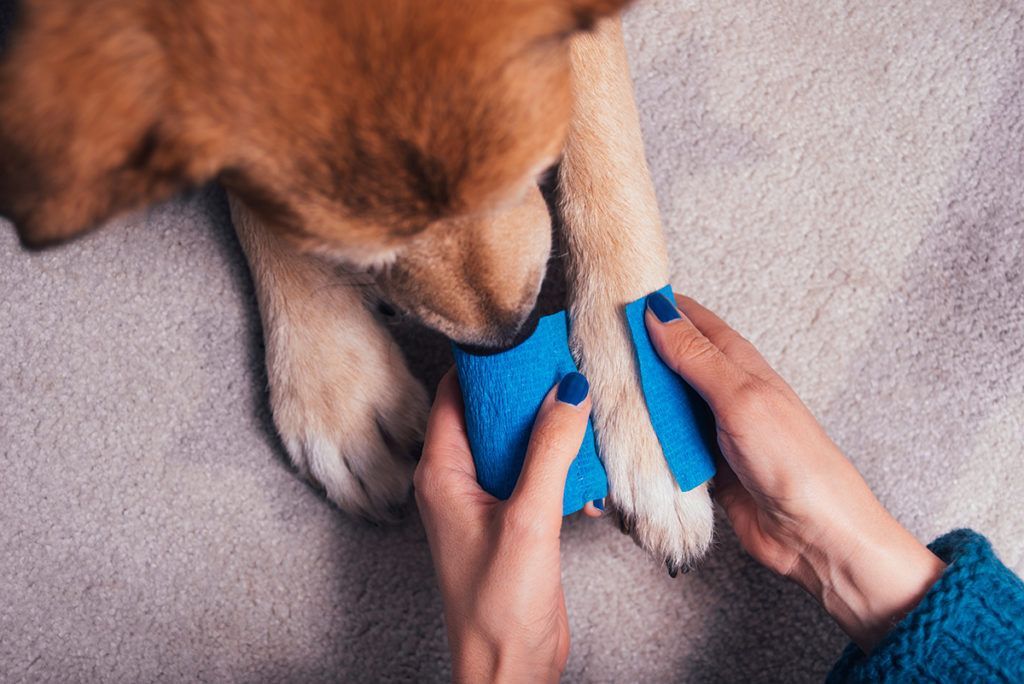
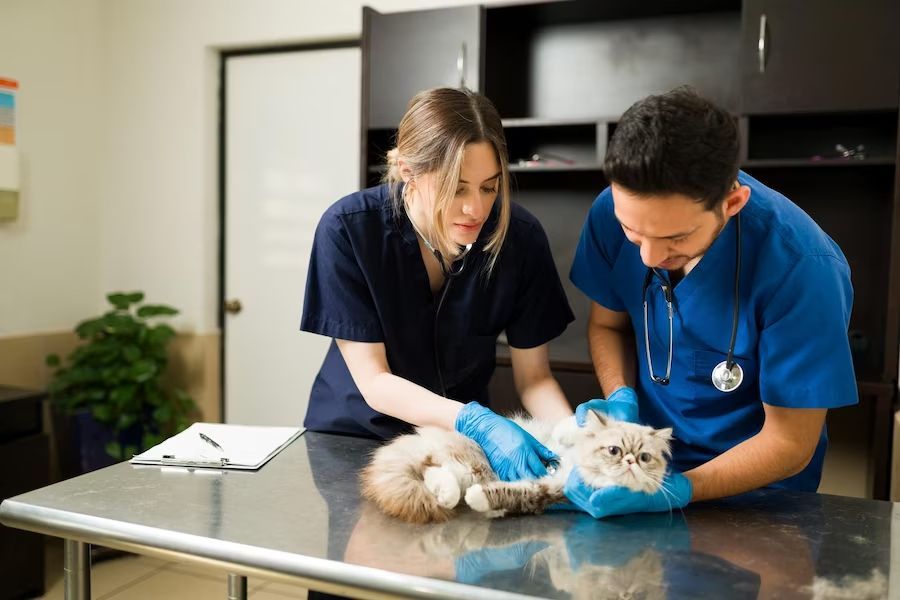
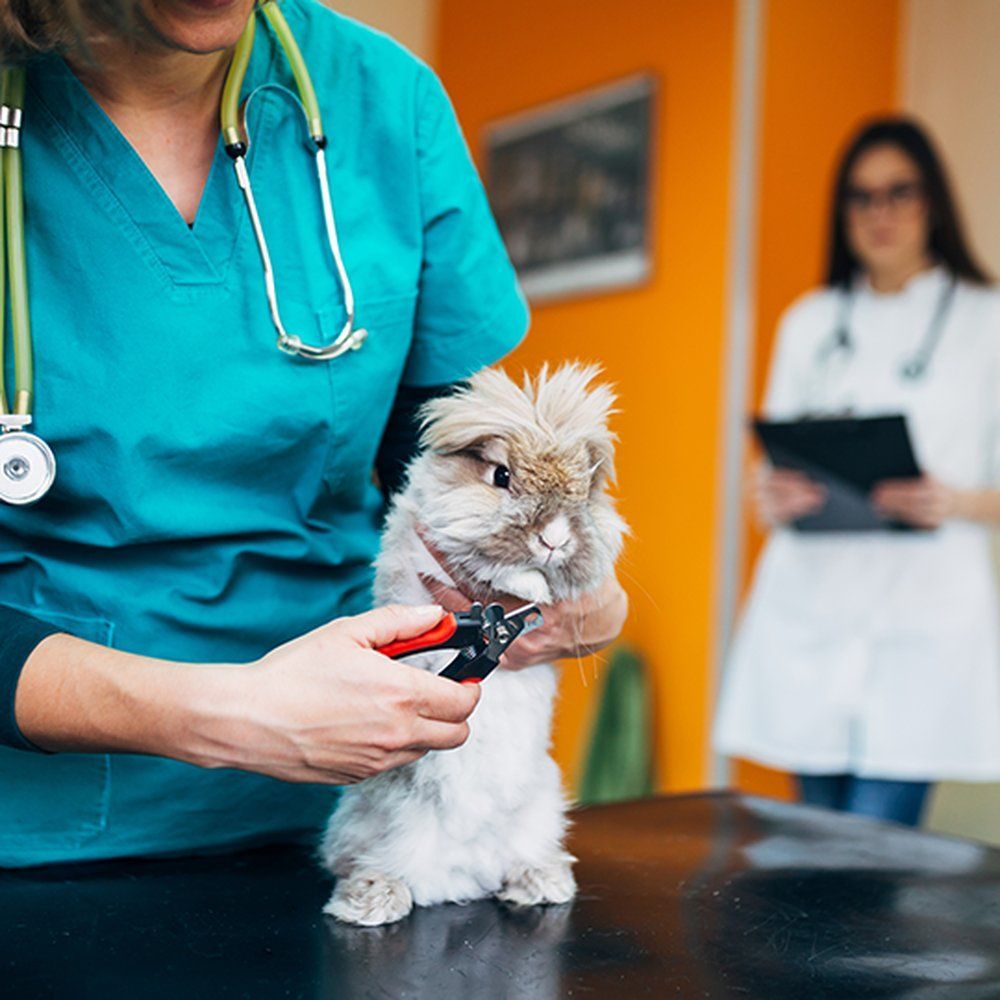
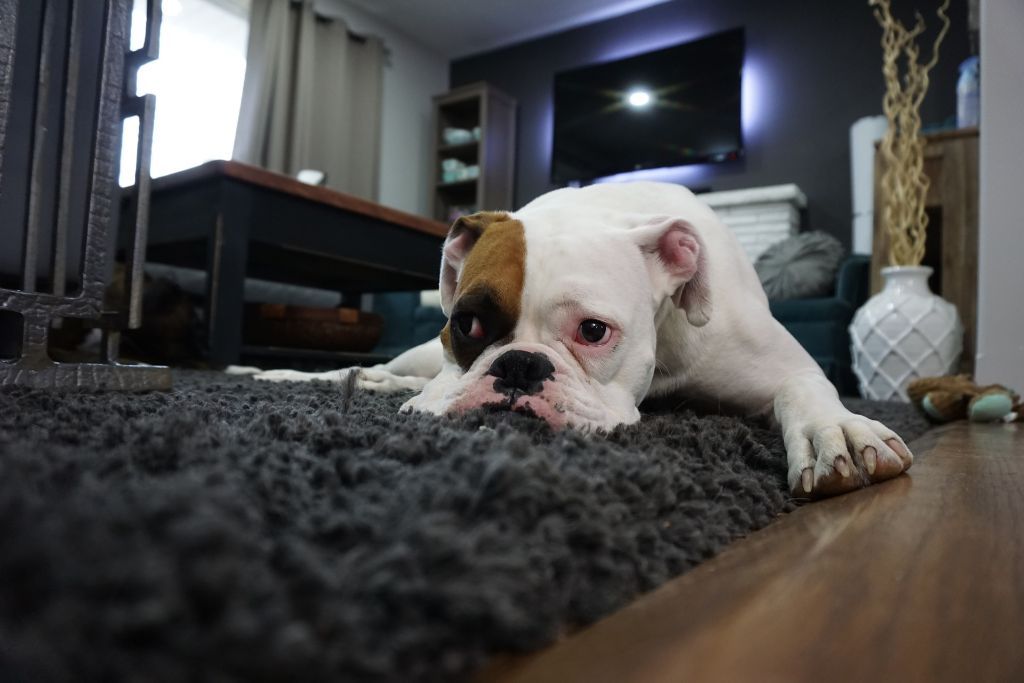
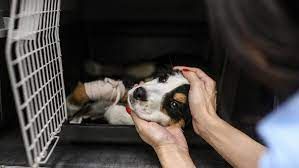
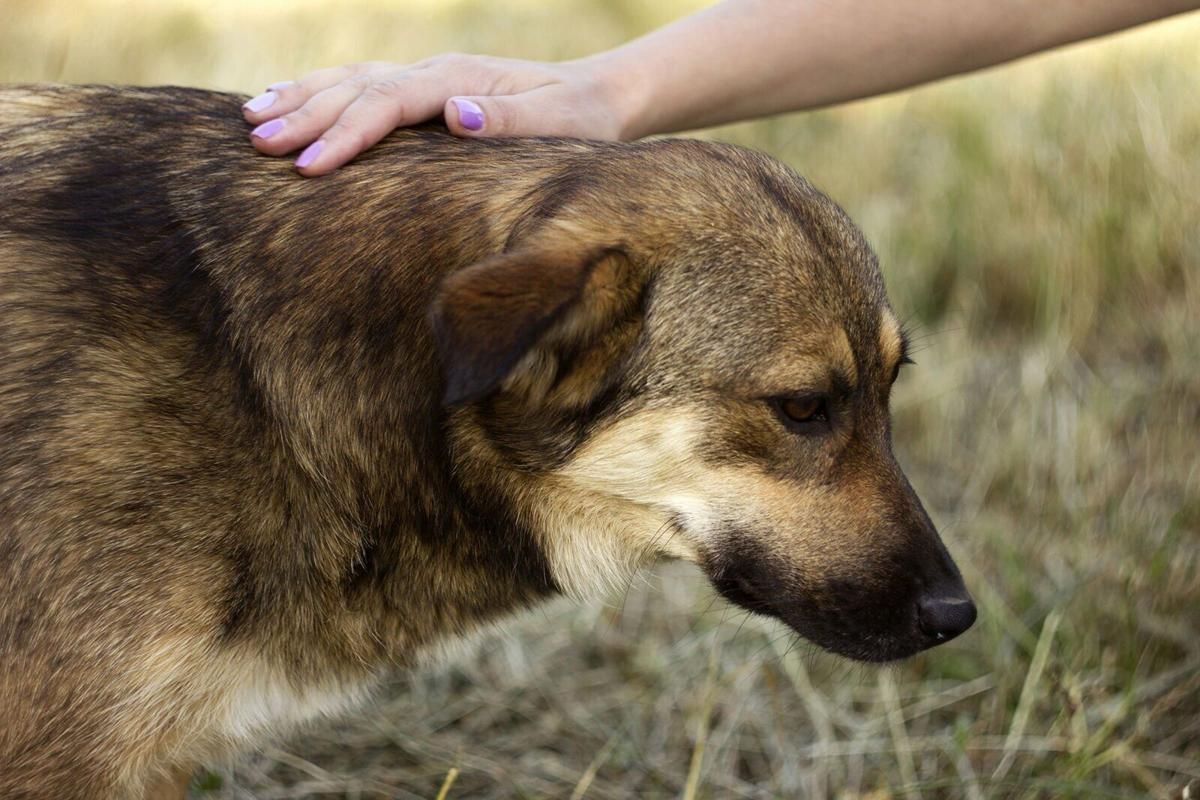


Resource Center




24/7 Local Veterinarian is a Veterinarians referral service. We connect you with Veterinarians in your area. All Veterinarians are operated independently of 24/7 Local Veterinarian. It is the responsibility of each user to verify that the Veterinarian connected with meets all licensing and insurance requirements in that jurisdiction.
Photos on 24/7 Local Veterinarian are for design purposes only and do not represent the vets services in your area.
Services will not be available in all areas, and when services are available, they may vary depending on providers available.

